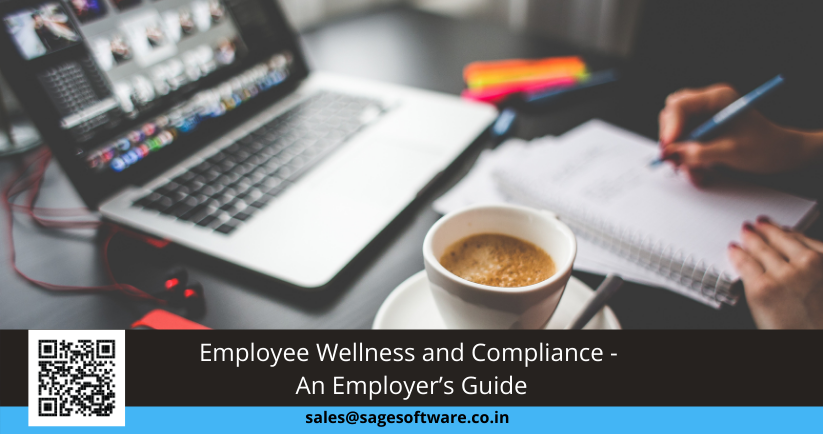As we resume work after lockdown, there is a lot to think about. The lockdown has impacted everyone in different ways, and it is only human to anticipate what the future holds for us. Lots of people will feel worried, apprehensive, and confused about going back to the office.
Companies have to consider strategies to make sure the employees feel comfortable, keeping the government restrictions in mind. These adaptations will depend on your discrete circumstance and your job.
Everyone has a different method to cope up with hard times, but getting back to work is going to create an immense responsibility on the employer’s shoulders. They have to make sure that the employees’ wellness and compliance are the company’s top priority.
Creating and managing an employee wellness program is the first step in increasing the productivity of the workers and potentially increasing the cost of their health benefit. Wellness programs can help the employees in a lot of ways such as improving their morale and loyalty, reducing absenteeism, lowering healthcare costs, increasing productivity and efficiency, etc.
Also Read – 5 ways HR can boost Employee Experience
Due to the ever-increasing cost of the health-care policies, companies should consider designing services and programs that are beneficial for the employers as well as the employees.
Below are some steps that can be used to ensure this-
Conducting assessments
Gaining information about the employees’ health and the company’s initiative to resolve the issue is a critical step in managing a wellness program at the workplace. A personal survey can be conducted to know every employees’ personal health and needs.
Many times, employees will not open about their health when asked directly, thus creating an anonymous poll can help in dealing with such personal situations.
Conduct health risk assessment-
Knowing and assessing the health of workers in an organization can help in deciding which particular program should be implemented. Many laws affect the utilization of health risk assessment thus consulting with legal counsel is recommended.
Obtain management support
Assistance from the management board is crucial to build any wellness program. As with start-up, management buy-in is important to fund the program, to gain support throughout the company, and to approve processes and policies related to the program.
Management can give additional support by linking health-care benefits to positive business outcomes, thereby making wellness a priority in the organization. Getting support from senior management can be a bit challenging, but once they are aware of the profits of the wellness program to the company’s bottom-line, they will happily oblige.
Establish a wellness committee
After obtaining assistance from the management and conducting a needs assessment, the company can develop an employee-driven internal committee that helps to sustain and build a wellness program in the organization.
The wellness committee will assist in building organizational support and the usefulness of the wellness program. There will be many responsibilities on the committee’s shoulder such as assessing the employees’ preferences and needs, evaluating policies and services in the workplace, developing plans for health-care promotion, etc.
Develop goals and objectives
Utilizing the useful data gathered by the employees, the company can establish objectives and goals for the program. For most of the companies, a key target is to improve their employees’ healthy thereby reducing the health-care costs. Other targets may include boosting employees’ productivity and efficiency, reducing absenteeism and increasing retention.
The wellness program’s targets and objectives are statements of widespread and long-term achievements expected from the program. Goals should be clear, achievable, and time-limited and stated in a way that is understandable by every employee.
Evaluate the success of the program
As with any project or investment, evaluating the effectiveness and success rate of the wellness program is a must. Employee support and sustaining management is vital in continuing or introducing a new program.
The organizations should have baselines and established metrics at the flattening of any wellness initiative, which may vary depending on the implemented programs. The company might also consider measuring the ROI (Return on Investment) to know whether the implementation of the wellness program was a good idea or not.
Regardless of the measurement and tools used, evaluating the benefit of the wellness program is a crucial step in the running management of the wellness program.
Takeaway
In conclusion, employee wellness and compliance are a catchall for morale, health, productivity, negotiation, cooperation, and communication. Giving importance to the employees’ health should be a priority of all the organizations.
To know more about Pocket HRMS and the Virtual HR conference event 2020, contact us! You can also reach us at sales@pockethrms.com








